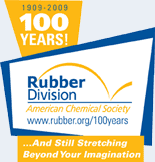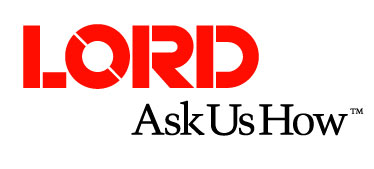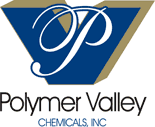![[ Visit ACS Rubber Website ]](images/logo.jpg) |
|
Centennial Elite SponsorsBecome a Centennial Elite Sponsor |
136 Curing cycle optimization of a thick section rubber partThursday, October 15, 2009: 8:30 AM
328 (David L. Lawrence Convention Center )
The curing cycle optimization is a first order concern for rubber industry both to control the part quality and to reduce curing times. Thick parts curing control is very delicate due to low thermal diffusivity of rubber compounds. In this paper, we present a numerical method for the optimization of the curing cycles that monitor a mould. Heat equation and vulcanization kinetic equation are solved considering the induction, curing and reversion phases. We build a conjugate gradient optimization method that estimates an optimum temperature-time couple applied as boundary conditions necessary to obtain a desired homogeneous state of cure. We describe the experimental device including a thermally controlled mould. We also describe the thermal regulation and instrumentation including an original measuring device recording temperatures directly within the moulded part while minimizing thermal disturbances during measurement. Then, we present the model validation by comparing a numerical simulation results with those obtained experimentally. We propose a curing cycle optimization method based on the calculation of the sensitivity of the state of cure with boundary conditions variation. It is an iterative procedure that allows converging to the boundary conditions necessary to obtain the best compromise between the state of cure homogeneity within the part thickness and the curing time. We define a productivity criterion inversely proportional to the curing time and a quality criterion proportional to the homogeneity of the state of cure. Basing on these two criteria, we define a performance index that qualifies the process considering the compromise between quality and productivity.
|









